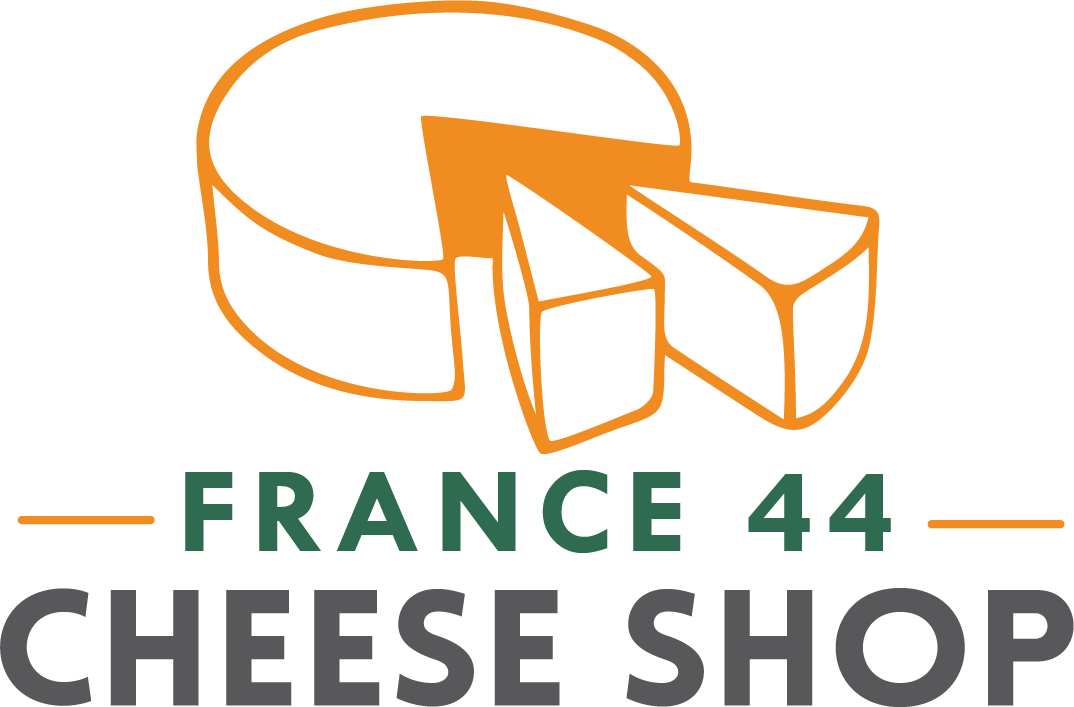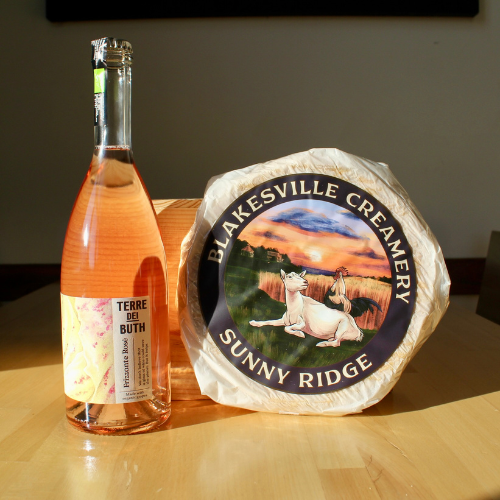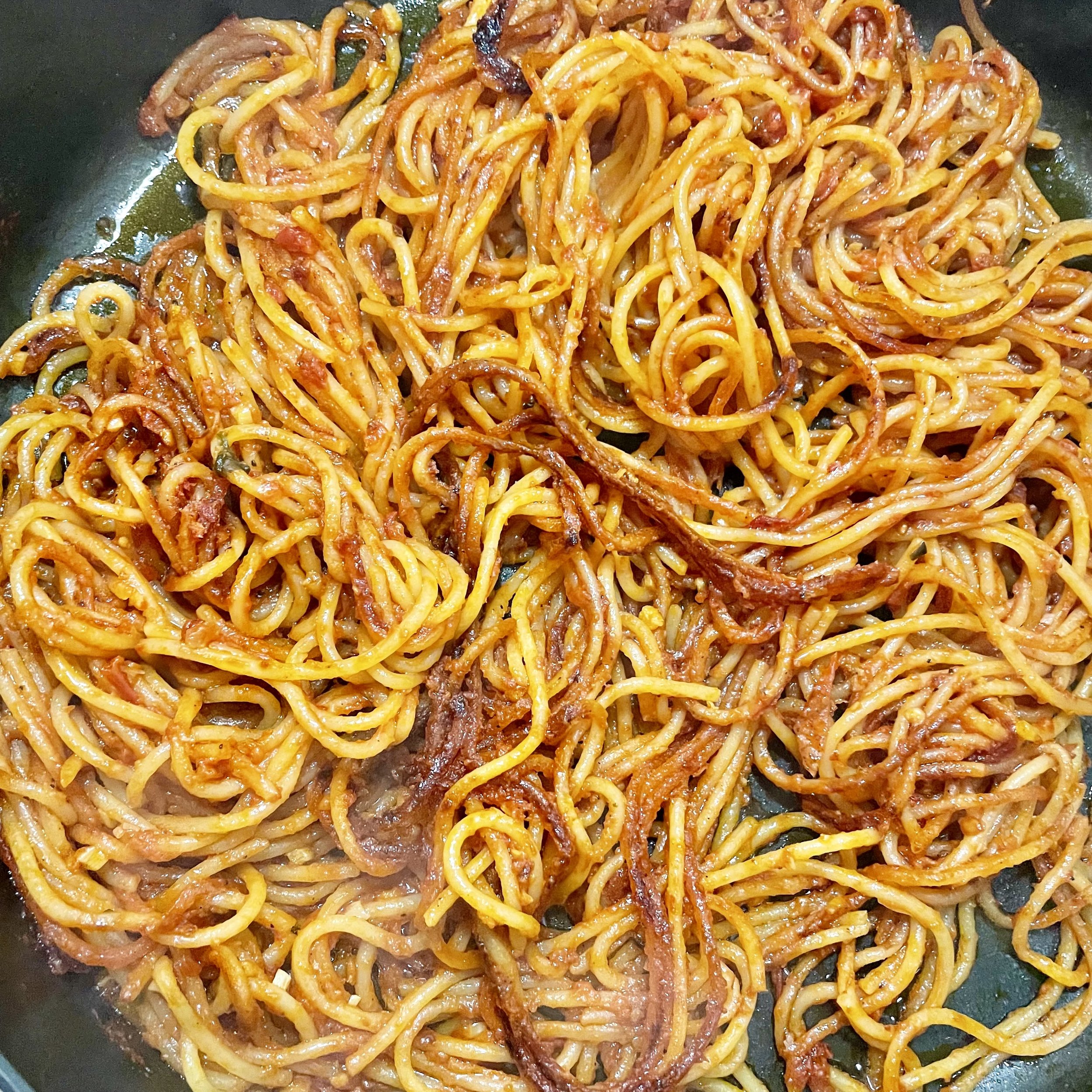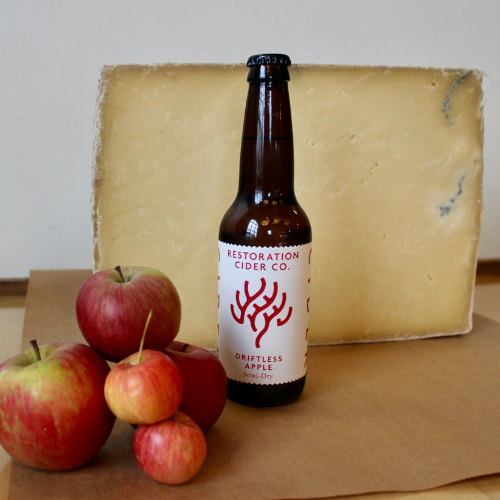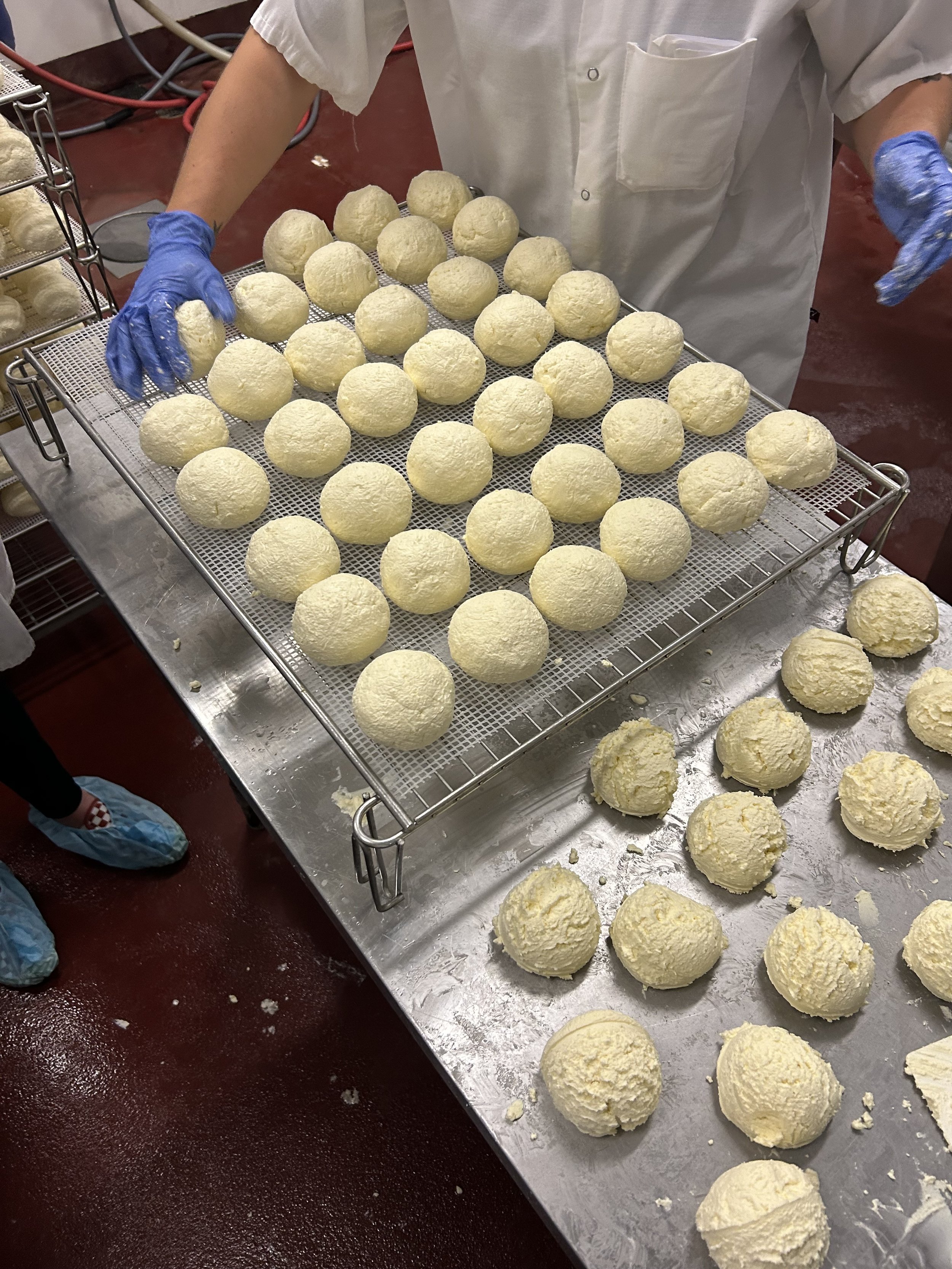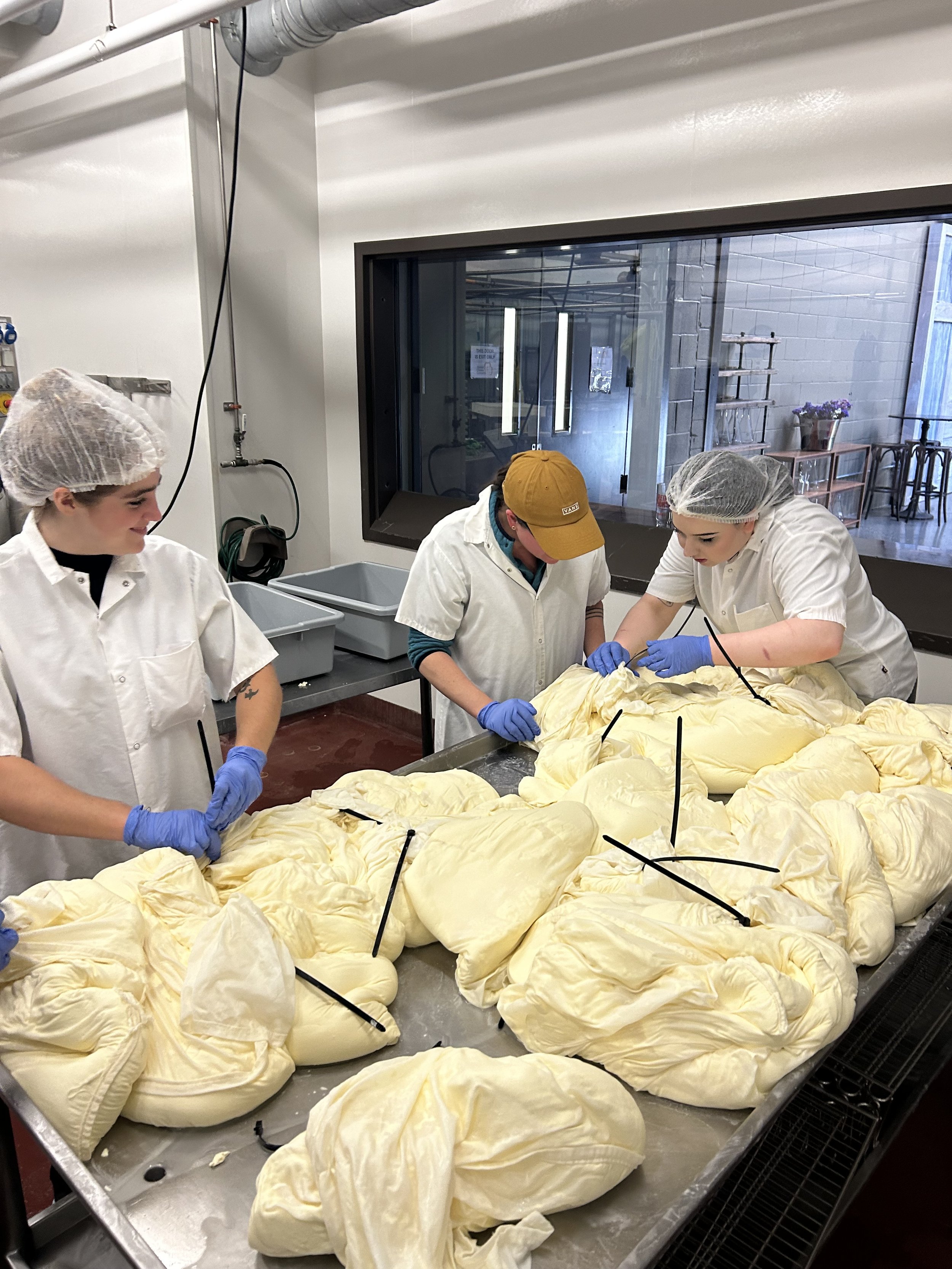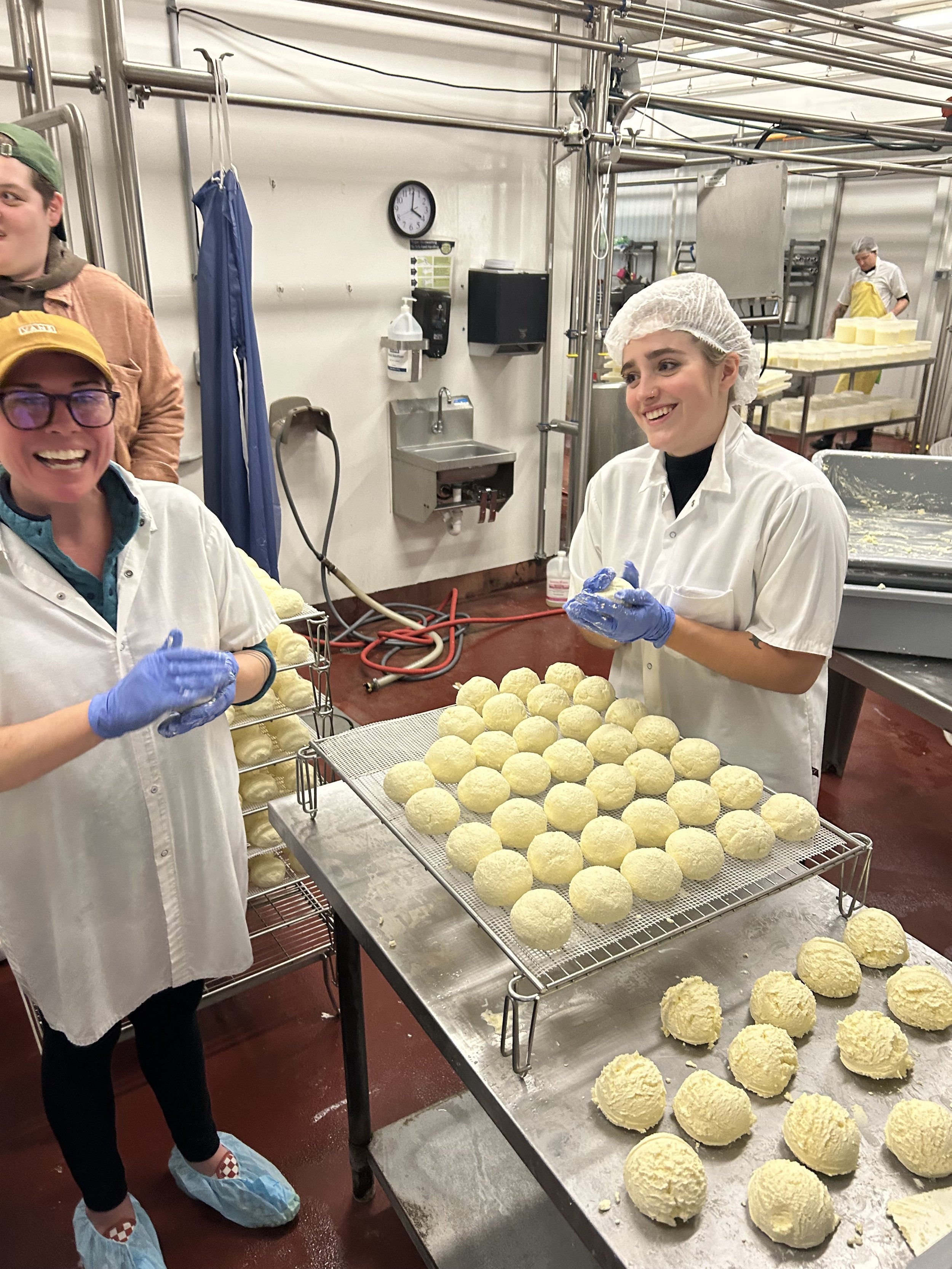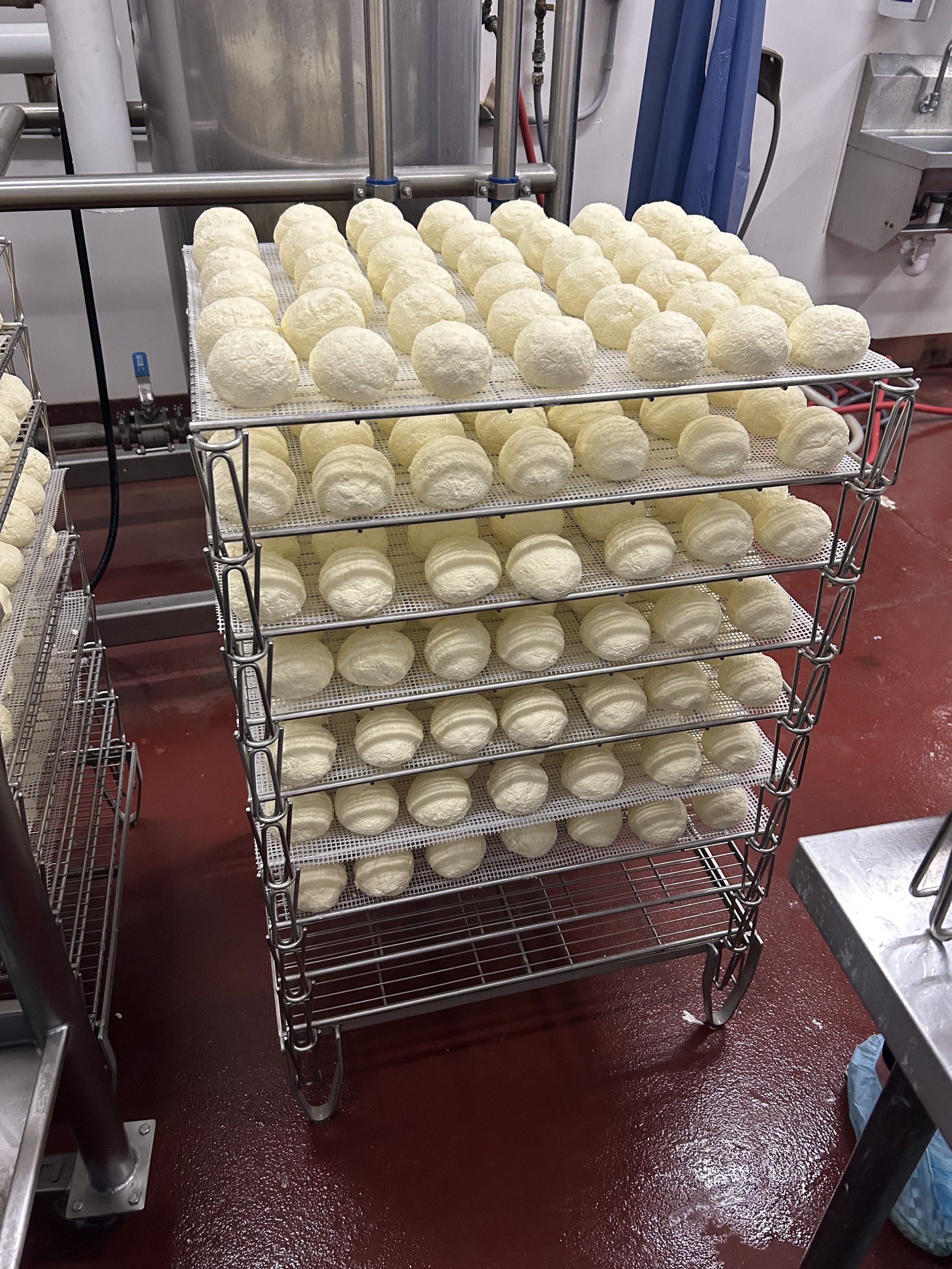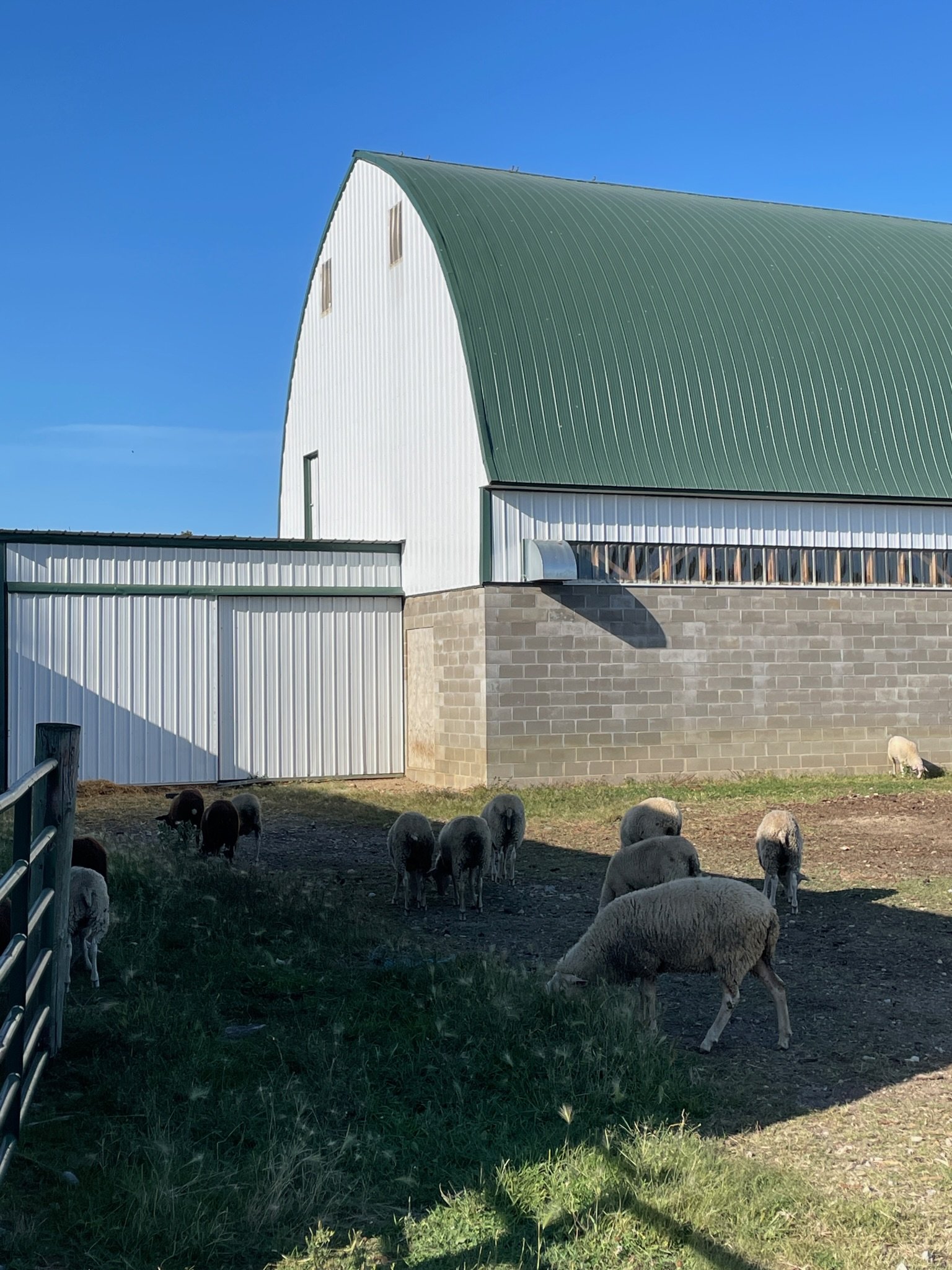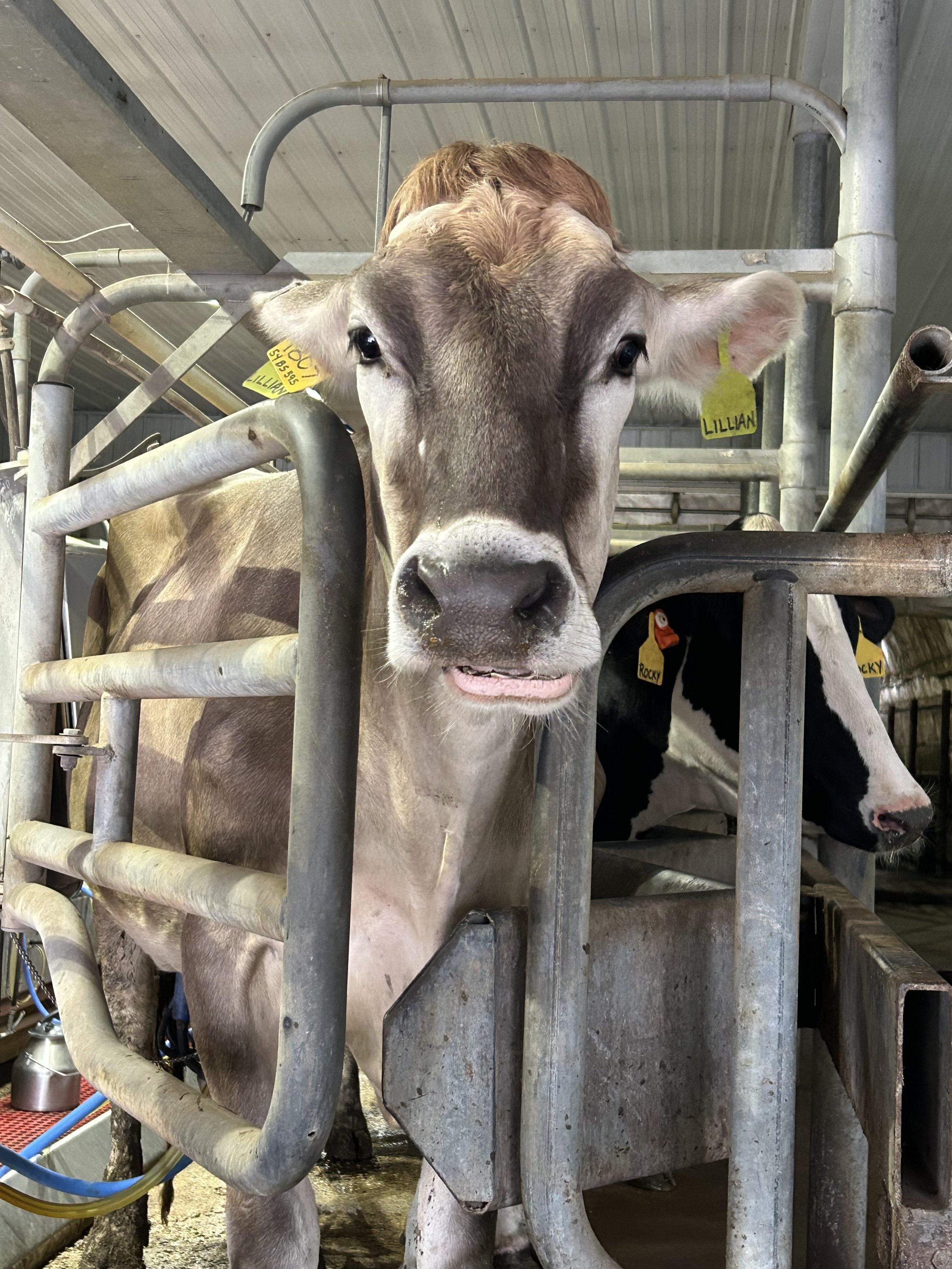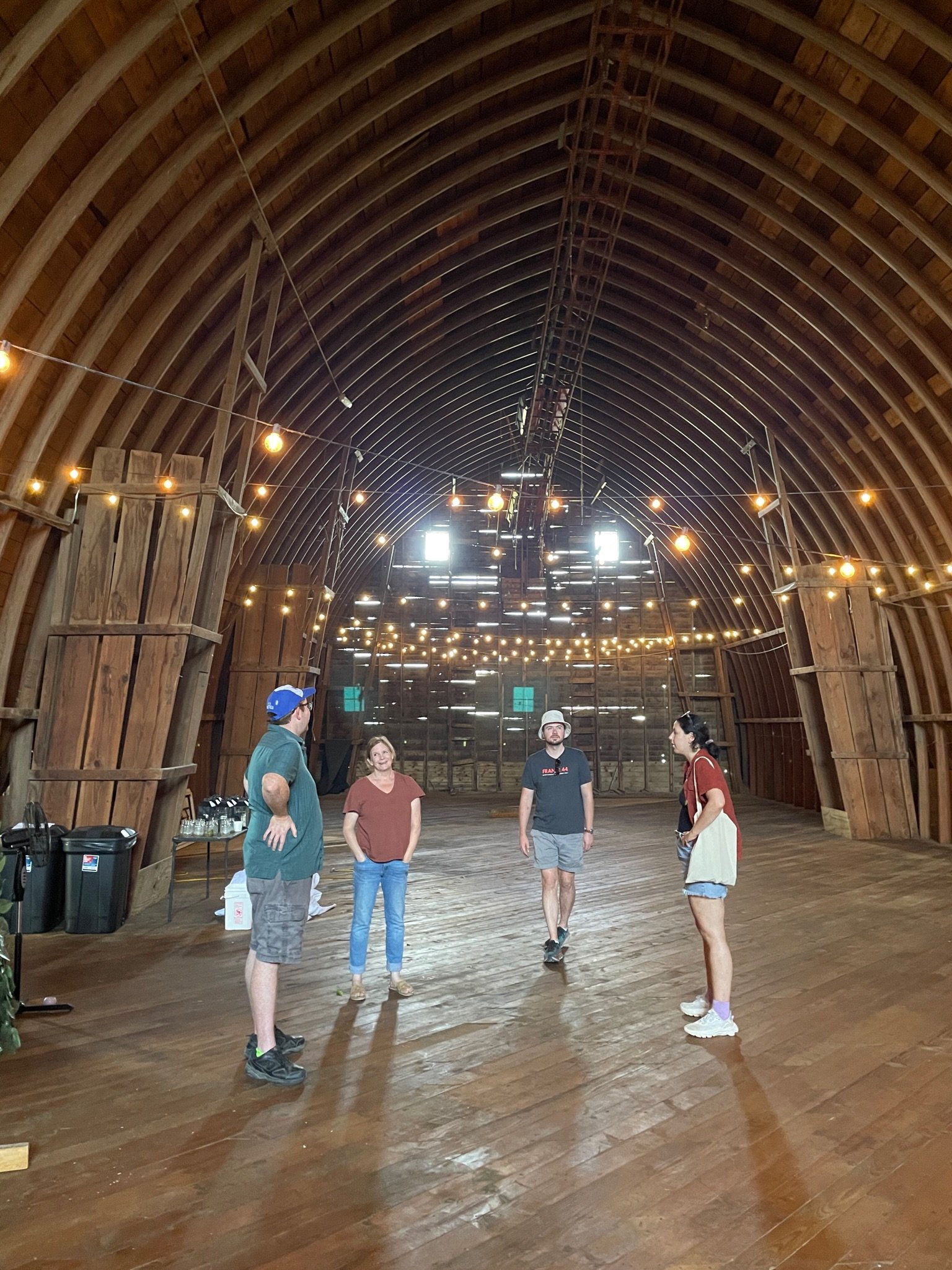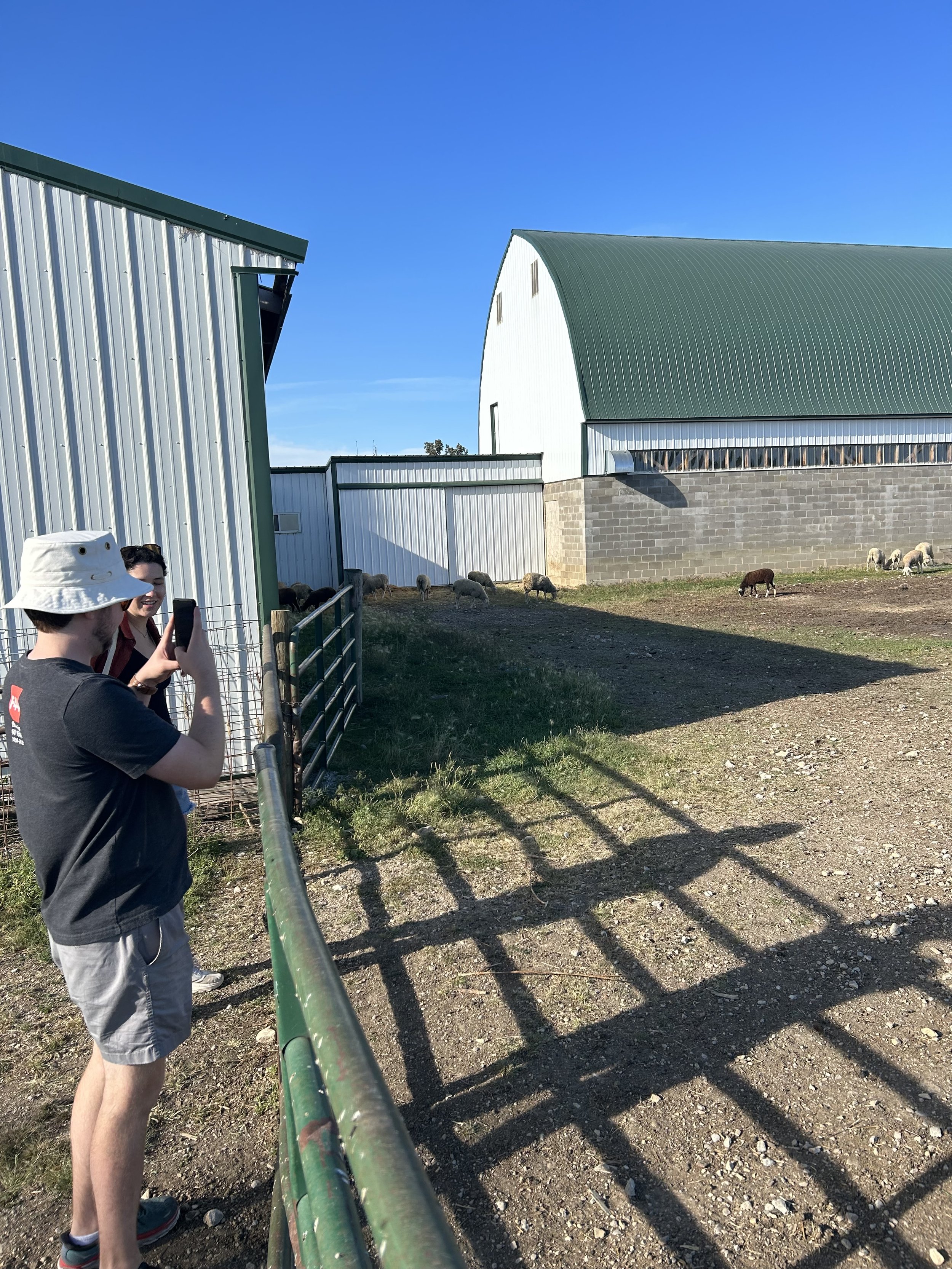Can you tell we love pasta around here? There’s just nothing quite like a big bowl of pasta after a long day.
For this recipe, I’m going to need you to forget everything you’ve ever learned about cooking pasta. There’s no pasta water to salt, no ‘al dente’ to achieve. This dish originating in Puglia, Italy has you cook the pasta in the method of risotto, low and slow with periodic additions of tomato broth along the way.
It’s aptly named “Spaghetti all’Assassina”, or the Assassin’s pasta - the dish is spicy, crispy, and keeps you on your toes.
All you need: spaghetti or another similarly shaped pasta, tomato sauce, tomato paste, red pepper flakes, olive oil and garlic. This recipe serves 2, but feel free to double to feed 4. If you’re going any bigger than that, I’d recommend splitting it into two pans, to ensure maximum crispiness.
The recipe comes together in under a half hour, and you probably already have all the ingredients in your pantry! But lucky for you, we carry them all in the shop too (even gluten free options!)
Ingredients:
2 tbsp extra virgin olive oil
2 cloves garlic, minced
1 tsp red pepper flakes
2 tsp tomato paste
8oz dried spaghetti
1 cup tomato sauce (we sell our house-made sauce in the refrigerator case, or pick up some San Marzano tomatoes and make your own!)
1 ¾ cups water
Parmigiano Reggiano, freshly grated
Combine the water and tomato sauce in a pot over medium heat. Bring to a boil, then reduce to simmer.
In a 12-14 inch skillet (the wider the better), heat up the olive oil on medium heat.
Add the garlic and chili, and a bit of salt and pepper. Stir until the garlic begins to brown and is very aromatic, then add the tomato paste. Stir with a wooden spoon and cook for about a minute.
Spoon about ½ cup of the tomato broth into your pan, and stir to mix all ingredients.
Next, add all your dried pasta in one layer into the pan. Spoon another ½ cup or so of tomato broth onto the pasta and move around with a fork or tongs to be sure that every piece of pasta is coated in the broth.
Now comes the hardest part - patience. Let your pasta cook for a few minutes at this stage. This is the one way the recipe differs from risotto. If you stir and agitate your pasta constantly, you won’t get the satisfyingly crispy bits at the bottom of the pan. Move around slightly just to ensure it’s not sticking, but let the hot oil and sauce do its job.
After about 4-5 minutes, or when the pasta has absorbed all of the liquid, begin adding the additional liquid, one ladle at a time. As the pasta cooks, you can move it around slightly to create a nice even layer on your skillet.
Continue this process until you’ve added all the broth. At this point, it’s time to turn up the heat a bit and flip over that pasta. Check carefully to ensure that you have a nice toasted, almost burnt base on your pasta, then use a fork or tongs to flip it all over, like a pancake. Turn the heat up and cook the other side to get a nice toasty crust on there as well.
Plate immediately and serve with grated Parmigiano Reggiano, freshly cracked black pepper, and a nice glass of red wine.
